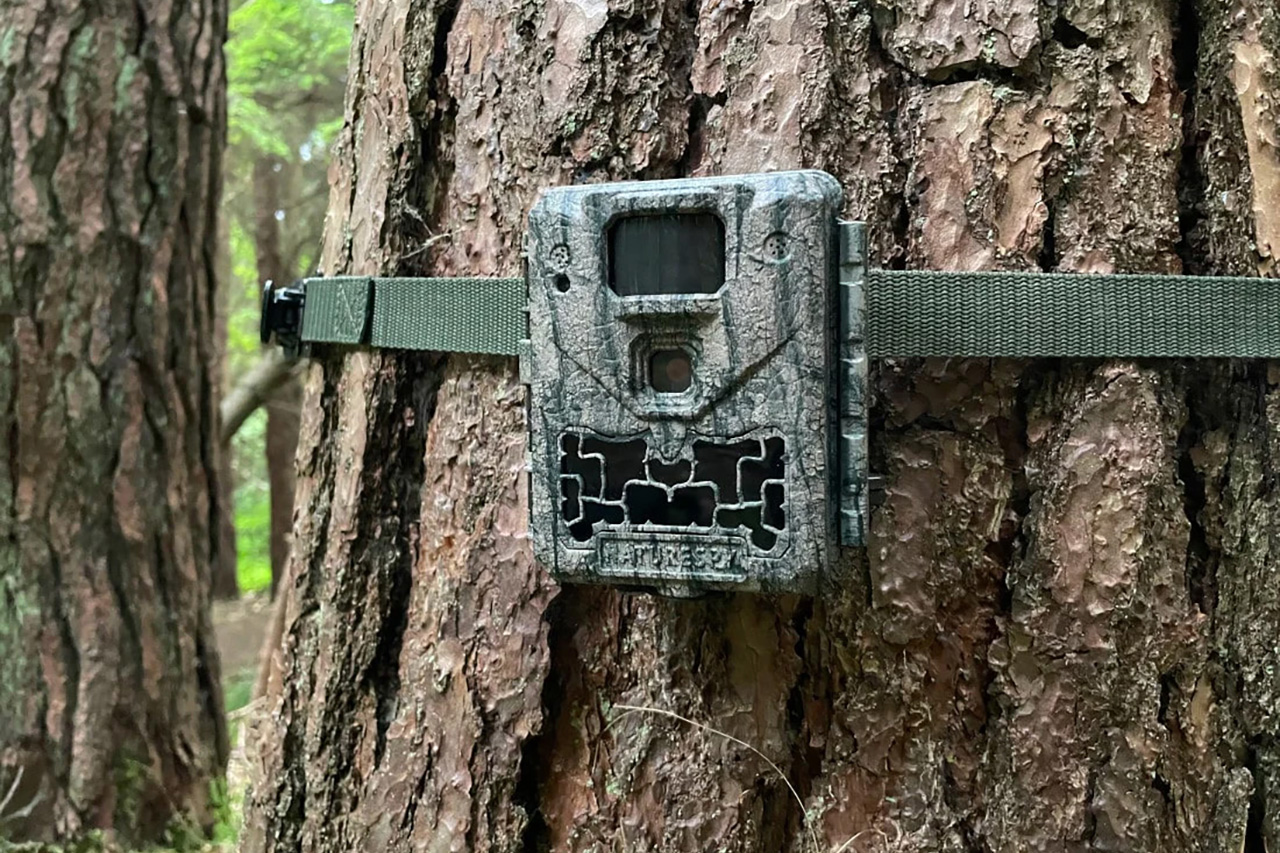For hunting stores looking to maximize sales, offering more than just products is key—providing expert advice and strategies for success can keep customers coming back. One of the most sought-after tools for serious whitetail hunters is the trail camera. By educating customers on the best ways to use these devices, retailers can drive sales and build stronger relationships with their hunting community.
Understanding the Role of Trail Cameras
Trail cameras have revolutionized whitetail hunting, offering hunters valuable insights into deer movement, behavior, and herd patterns. Whether a customer is a seasoned hunter or a beginner, guiding them in selecting and using the right trail camera effectively will make all the difference in their hunting success—and their likelihood of returning to your store for more gear.
Key Factors to Educate Customers On
1. Choosing the Right Trail Camera
Different hunters have different needs, so helping customers select the right camera is crucial. Key considerations include:
- Resolution & Image Quality – Higher megapixels offer better clarity, especially for identifying bucks at a distance.
- Trigger Speed – A faster trigger captures more images of moving deer.
- Detection Range – Wider ranges are ideal for covering larger areas.
- Battery Life & Power Options – Lithium batteries last longer, and solar-powered options are growing in popularity.
- Cellular vs. Standard Cameras – Cellular cameras send images directly to a phone, while standard models store them on an SD card.
2. Best Placement Strategies for Maximum Results
Where and how a hunter places their trail camera determines its effectiveness. Encourage customers to consider:
- Food Sources & Watering Holes – Deer frequent these areas, making them prime spots for early-season scouting.
- Travel Corridors & Funnels – Pinch points, ridgelines, and trails leading to bedding areas are ideal locations.
- Scrapes & Rub Lines – During the pre-rut, bucks visit scrapes frequently, providing excellent opportunities for camera placement.
- Tree Stand & Blind Locations – Placing a camera near a stand helps monitor activity leading up to hunting season.
3. Timing & Seasonal Adjustments
Hunting strategies change throughout the season, and so should trail camera use. Customers will benefit from these seasonal tips:
- Early Season (Summer & Early Fall) – Focus on food plots and mineral sites to track summer feeding patterns.
- Pre-Rut (Mid to Late Fall) – Shift cameras to scrape lines and rubs to monitor buck activity.
- Peak Rut (Late Fall) – Increase camera coverage near doe bedding areas and travel corridors.
- Post-Rut & Late Season – Move cameras back to feeding areas where deer return after the rut.
4. Proper Setup & Maintenance
Many hunters struggle with setup issues that lead to poor results. Educating them on the following can help:
- Mount Cameras at the Right Height – 3-4 feet off the ground for general coverage, or higher and angled down to avoid spooking mature bucks.
- Use Proper Angles – Facing a trail head-on captures more usable images than a perpendicular setup.
- Check Cameras Regularly (But Not Too Often) – Limit disturbances by checking cameras midday and wearing scent control gear.
- Utilize External Power Sources – Battery packs and solar panels extend camera life and reduce maintenance trips.
Sales Strategies for Retailers
Now that you know what to educate customers on, here are ways to increase sales and upsell related products:
1. Create Bundles & Package Deals
Pair trail cameras with essential accessories:
- SD cards
- Extra batteries or solar power packs
- Mounting brackets
- Scent-eliminating spray for reducing human odor when setting up cameras
2. Offer In-Store Demonstrations
Showcasing different trail cameras in action builds customer confidence. Set up a test station where shoppers can compare:
- Image quality and trigger speed
- Detection range differences
- Features like night vision and cellular connectivity
3. Encourage Customers to Share Their Success
Create a community by:
- Hosting a “Best Trail Camera Photo” contest in-store or on social media.
- Featuring customer photos in your store or on your website.
- Offering discounts or incentives for customers who share their experiences.
4. Promote Seasonal Sales & Upgrades
Hunters constantly seek better equipment. Push new camera models by:
- Offering trade-in discounts for older cameras.
- Running seasonal promotions leading up to hunting season.
- Providing financing options for high-end models.
5. Leverage Social Media & Email Marketing
Keep customers engaged with:
- Educational blog posts or videos on trail camera strategies.
- Special deals sent to your email subscriber list.
- Regular social media updates featuring new arrivals and customer testimonials.
Conclusion
Retailers who go beyond just selling products and actively educate their customers on trail camera strategies will build a loyal customer base and drive more sales. By providing expert guidance on choosing, placing, and maintaining trail cameras, you not only help hunters succeed but also position your store as the go-to resource for all their hunting needs. Implement these strategies, and watch both customer satisfaction and sales grow this hunting season!


 Previous Article
Previous Article